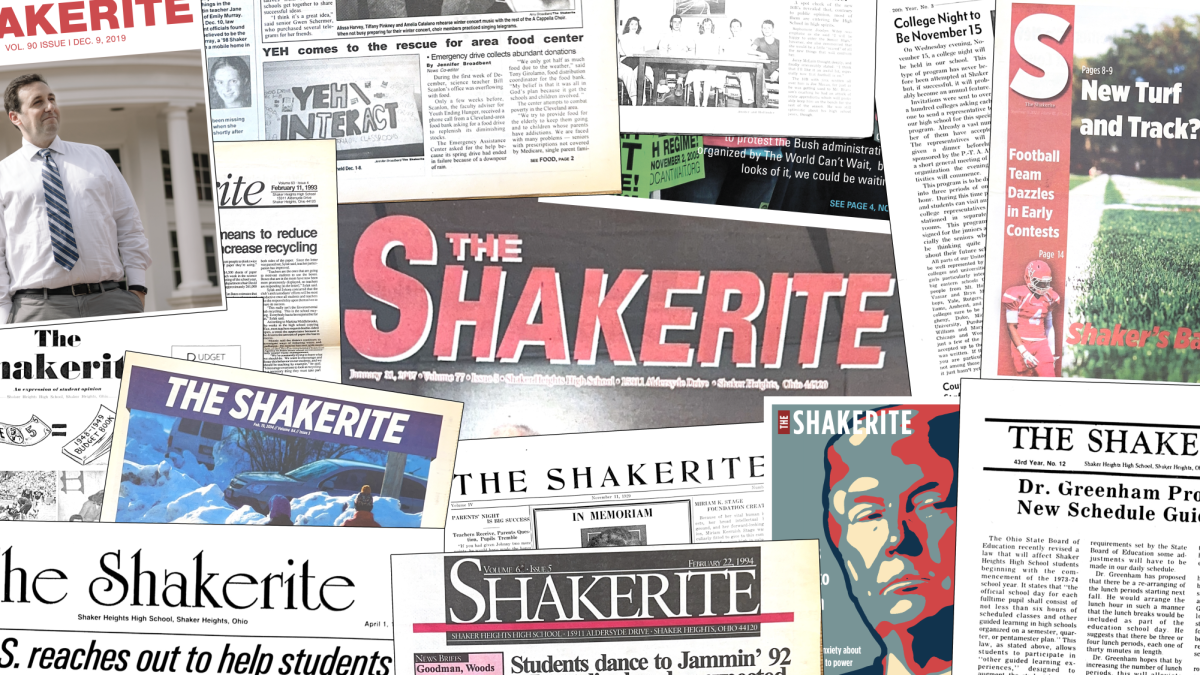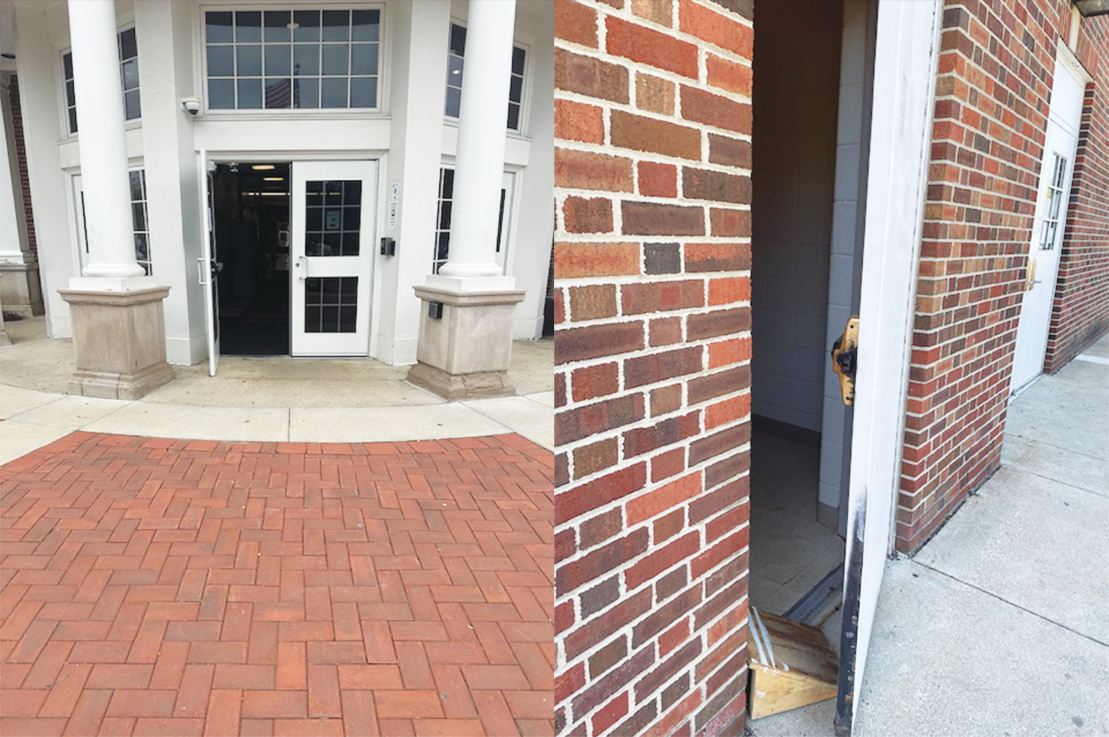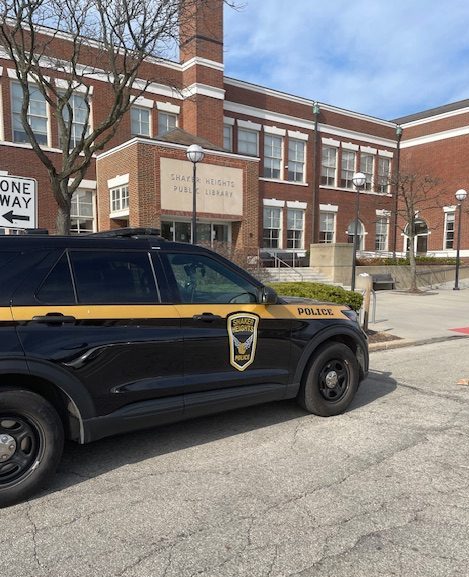Students complain constantly that the administration and security enforce policies that “serve no purpose.” Apparently we refuse to acknowledge that we are a large population that needs supervision in order to be successful. Look at the facts. There is some kind of misconduct – be it a fight, a theft, or plain old noisy loitering — daily. This building is full of adolescents, and just as parents look after you at home, we must expect the same treatment from the adults in our learning environment. The policies that “serve no purpose” were adopted to prevent misconduct, so they’re not so purposeless. That being said, this doesn’t mean that administration policies are flawless.
We must admit, we have pushed the limits when it comes to swarming the hallways during the middle of class periods. We have all been that unfortunate student who is trying desperately to concentrate on her test when stomps, shrieks and giggles fill the hallways. It was inevitable that action would be taken. As students, we have no right to argue against policies made for our benefit. But it can’t go unnoticed that the latest enforcement effort will accomplish absolutely nothing. A color coded hall pass means nothing to the student who was roaming the halls before they were invented. The girl who takes the long way to “go to her locker” will use the same excuse to explain her presence in a far away sector of the school. The administration needs to realize that building on past policies that have failed isn’t the solution.
The Student Handbook, effective August 2011, reads, “Students must have a hall pass when leaving a regularly scheduled class, mandatory activity, or office.” This rule is flawed because it lacks detail. At what times can we leave class? What are the accepted reasons for leaving? Is there a maximum amount of time for which a student can be out of the room? Students are also not supposed to leave their classrooms during the first and last five minutes of class. How is this dealt with during lunch periods? Rather than clarifying why students may leave class and minimizing those opportunities, the administration simply added another layer of vague policies by dividing the building into sectors and then acknowledging that some students would have to leave their sector to reach their locker, restroom or an office. Exceptions are the rule, it seems.
The handbook also states that “9th and 10th grade students are not permitted to leave the campus without prior approval from their parent or guardian.” But how is a security guard supposed to distinguish between upperclassmen and lowerclassmen? To make this rule enforceable, the administration color coded student ID cards by graduation year. However, it’s safe to say that most of us have never been asked to display our IDs when leaving campus. First, this would be incredibly difficult with the amount of students exiting and entering the building at one time. And further, there is certainly not enough security to cover every door in this building. This policy is just another regulation put in place to ineffectively deal with a behavior issue — tardiness. It’s listed in the handbook, and stated as a rule by faculty, but most students could not point to an instance in which it was enforced.
We’re not suggesting that the administration remove nor strictly enforce every current policy. We’re simply asking that rather than piling on vague rules that students inevitably ignore, we identify those that don’t work and make them reasonable for students and enforceable for faculty. We’re saying take another look at school policies. Keep the ones that make sense and make new policies where they are needed. But don’t pile ineffective amendments onto policies that don’t work in the first place. Such efforts only confirm students’ complaints that policies “serve no purpose.”




